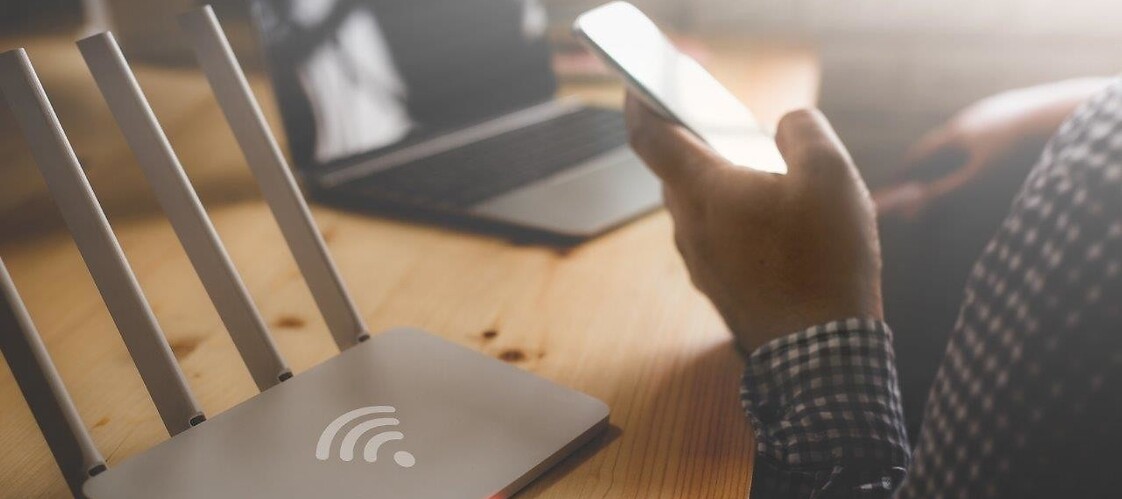
Monitoring mechanism for the quality of internet access – consumer tests closed
05 November 2018
User tests of the monitoring mechanism for the quality of internet access have come to an end, with over 1600 participants and more than 7500 measurements performed.
The tests constituted the final step preceding the implementation of the mechanism allowing consumers to check, without incurring any costs, upload and download speeds, latency and jitter for their fixed-line internet service. Unlike other tools available online, the app allows for credible measurements, because verifies in what conditions the measurements were taken. The app checks elements such as processor load, type of a network interface controller, presence of active VPN links, intensity of generated traffic, number of devices in the user’s home network.
The tests were open to all internet users. A total number of 1616 people used the Windows app to perform 1438 certified measurements of their fixed-line internet service, with the user’s end device meeting the reliability requirements necessary for the complaint procedure. The users also used the Windows app and the Web app to perform 4247 non-certified measurements, i.e. measurements serving purely informative purposes, with the end device used for performing the test not meeting all of the requirements (e.g. in cases when the device is connected via Wi-Fi).
In addition, users performer mobile internet quality tests, not subject to certification. 1694 tests were performer using the Android app and 157 using the iOS app.
Tests participants shared with us a number of comments, which were then taken into consideration by the provider of the mechanism V-Speed sp. z o.o. This made it possible to introduce two improvements of the measurement engine related to the additional factors impacting the speed estimates. Other modifications consisted in improving Wi-Fi parameters reading, limiting speed estimates to a maximum of 1.1-1.2 Gb/s, and support for IPv6.
No issues were reported concerning the correctness of the measurements, generating reports on the certified measurements, the WEB application, or using the www panel.
The mechanism will now undergo a final verification before being certified by the President of UKE. After the certification, test results will be able to be used for checking the quality of the service received against contract terms and conditions.
User tests of the monitoring mechanism for the quality of internet access have come to an end, with over 1600 participants and more than 7500 measurements performed.
The tests constituted the final step preceding the implementation of the mechanism allowing consumers to check, without incurring any costs, upload and download speeds, latency and jitter for their fixed-line internet service. Unlike other tools available online, the app allows for credible measurements, because verifies in what conditions the measurements were taken. The app checks elements such as processor load, type of a network interface controller, presence of active VPN links, intensity of generated traffic, number of devices in the user’s home network.
The tests were open to all internet users. A total number of 1616 people used the Windows app to perform 1438 certified measurements of their fixed-line internet service, with the user’s end device meeting the reliability requirements necessary for the complaint procedure. The users also used the Windows app and the Web app to perform 4247 non-certified measurements, i.e. measurements serving purely informative purposes, with the end device used for performing the test not meeting all of the requirements (e.g. in cases when the device is connected via Wi-Fi).
In addition, users performer mobile internet quality tests, not subject to certification. 1694 tests were performer using the Android app and 157 using the iOS app.
Tests participants shared with us a number of comments, which were then taken into consideration by the provider of the mechanism V-Speed sp. z o.o. This made it possible to introduce two improvements of the measurement engine related to the additional factors impacting the speed estimates. Other modifications consisted in improving Wi-Fi parameters reading, limiting speed estimates to a maximum of 1.1-1.2 Gb/s, and support for IPv6.
No issues were reported concerning the correctness of the measurements, generating reports on the certified measurements, the WEB application, or using the www panel.
The mechanism will now undergo a final verification before being certified by the President of UKE. After the certification, test results will be able to be used for checking the quality of the service received against contract terms and conditions.






